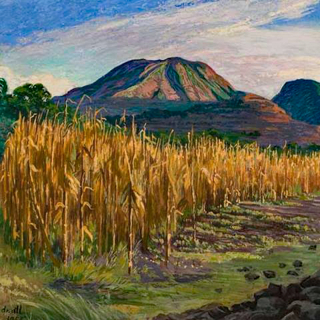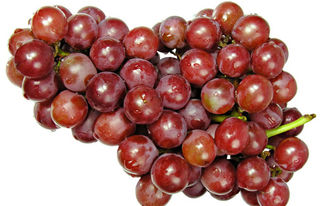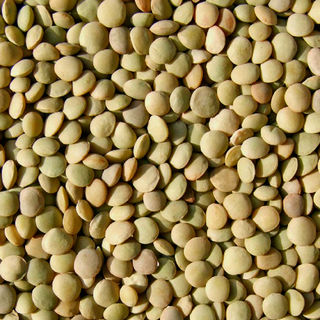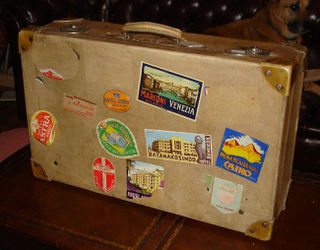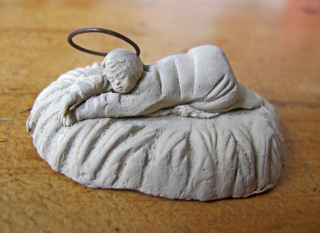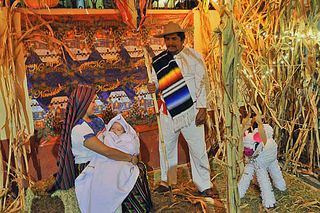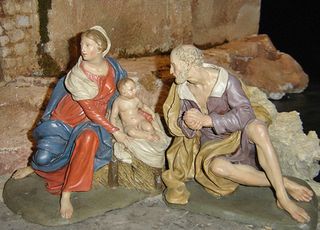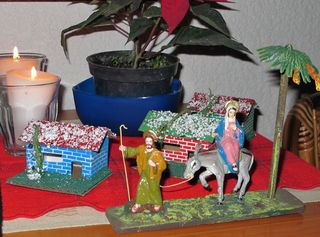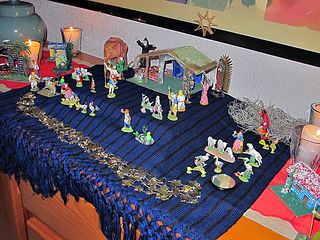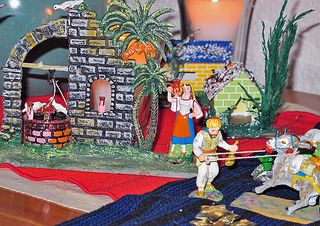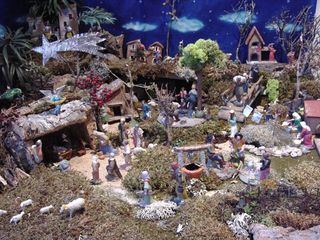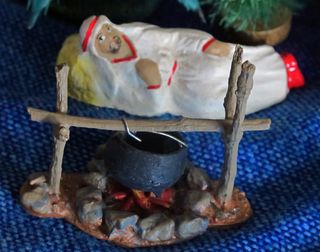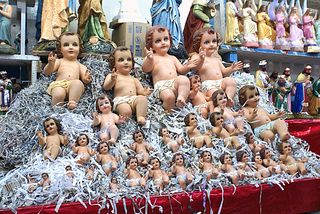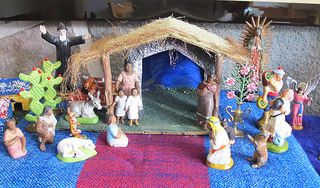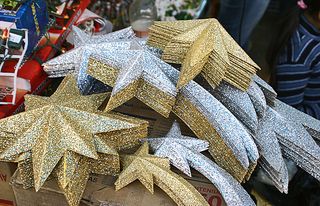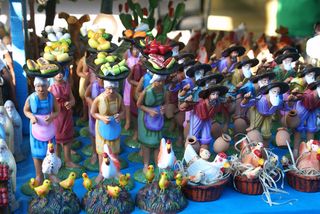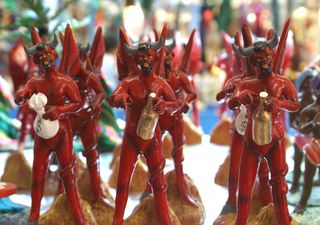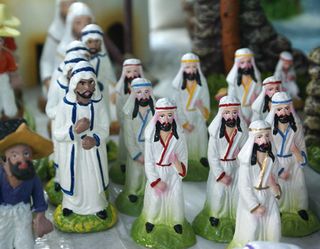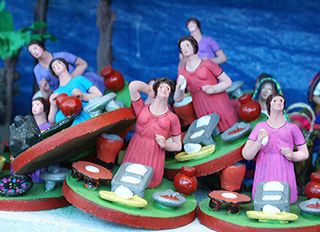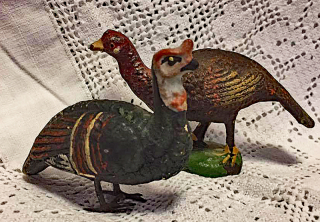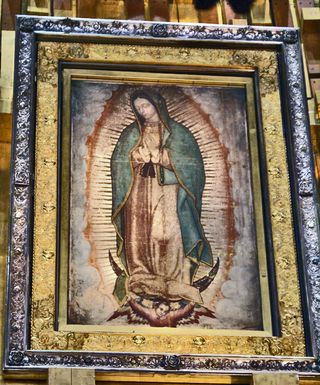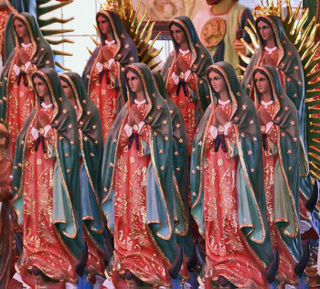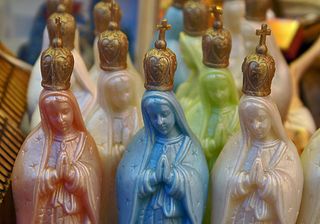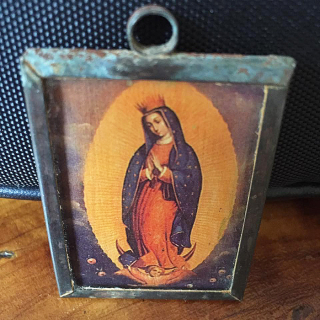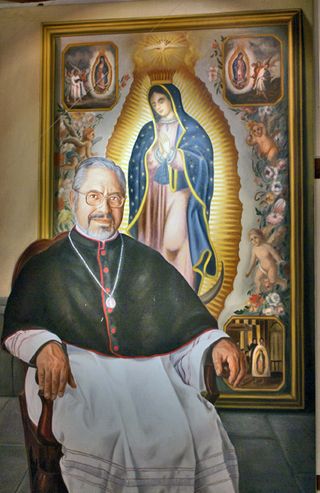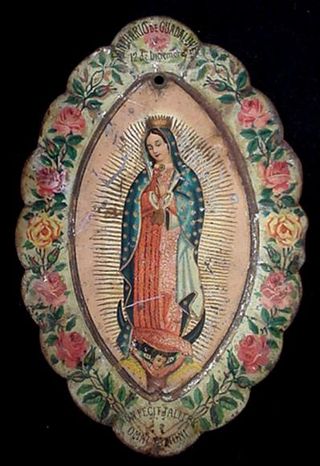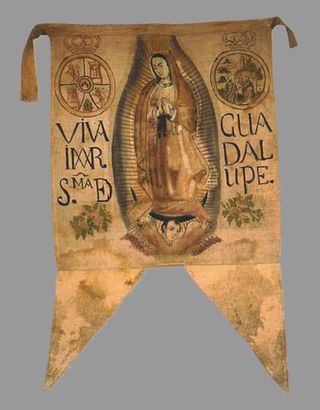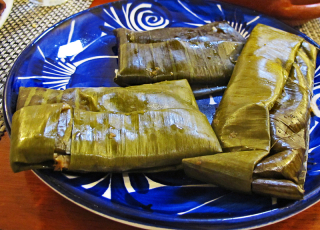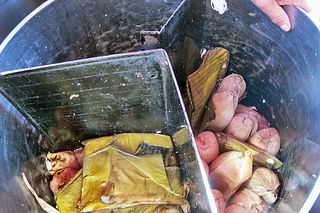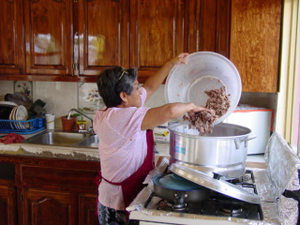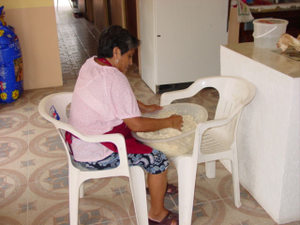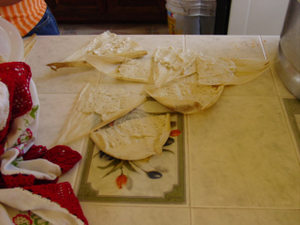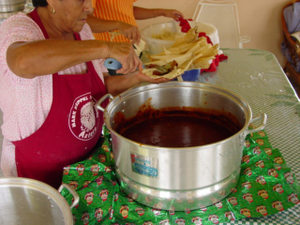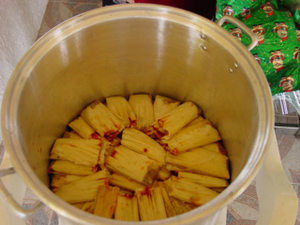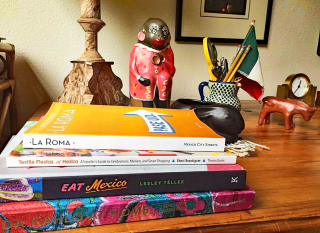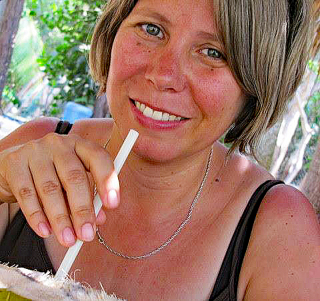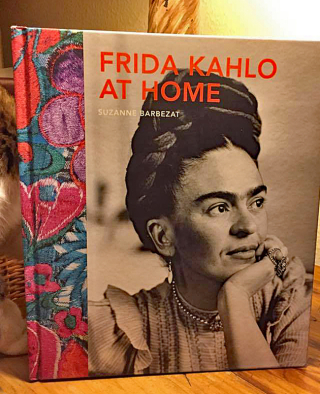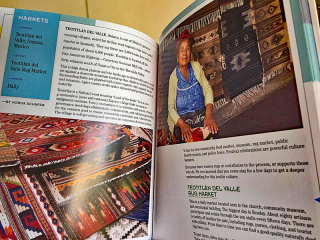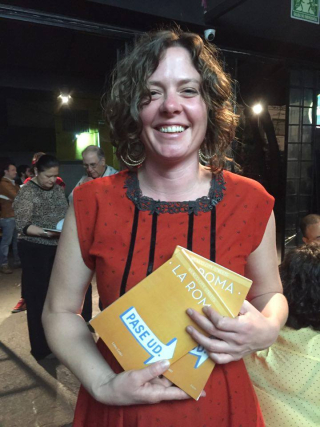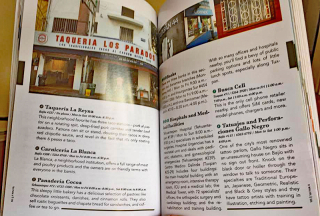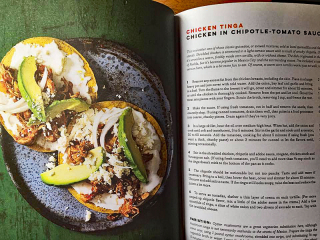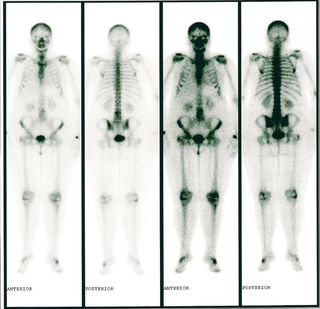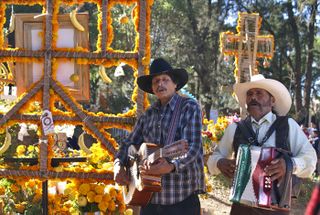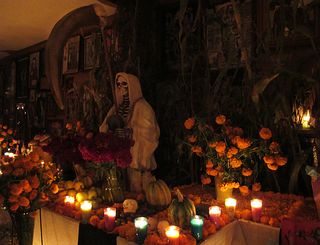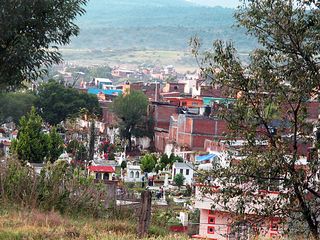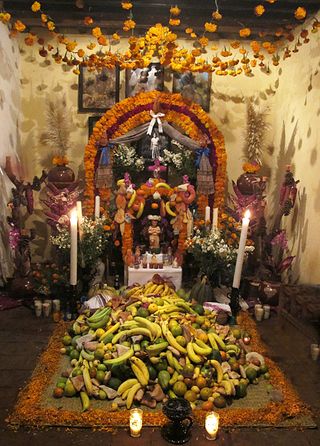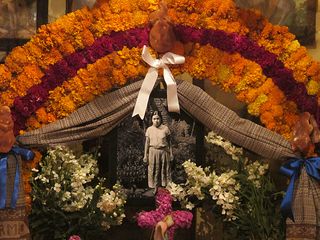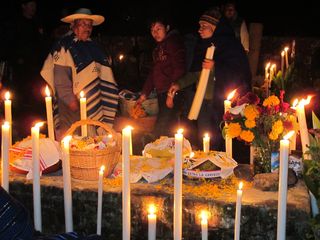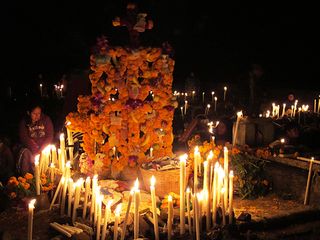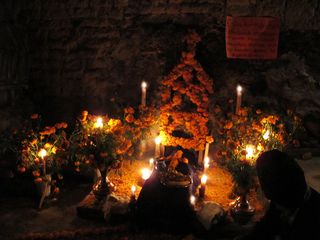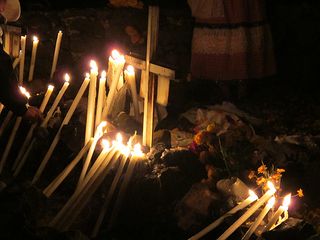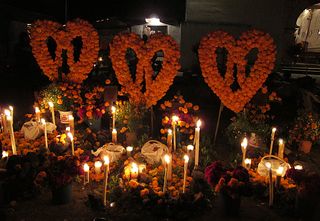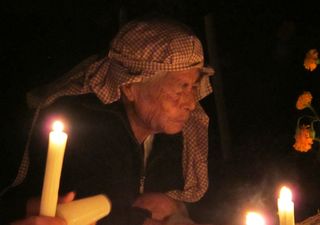This article originally published in Mexico Cooks! on January 21, 2017. Due to world political events beyond our control, very few people initially read it. Welcome us back today, just as we welcome you back, with a second opportunity to learn about this urgently important movement in Mexico!

From the un-popped kernel to the fully popped microwave-able snack treat, popcorn's evolution is many millennia old. Popcorn was the first corn in Mexico, domesticated at least 5000 years before the common era. In other words, the cultivation of popcorn is at least 7,000 years old–and probably closer to 11,000 years old!
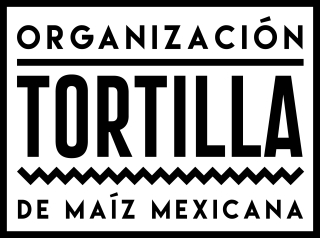
The non-profit organization Tortilla de Maíz Mexicana, founded by my dear friend Rafael Mier, celebrated its first birthday on November 17, 2016. In the single year of its existence, the group has gathered together more than 153,000 followers on Facebook. Every one of these followers, people from all over Mexico, from Guatemala, and from other countries in Central and South America, is nervous about the decline of the tortilla, the possible loss of Mexico's native corns as well as those where they live, and the near-extinction of popcorn: Mexico's original corn. Here's the link to the group; please join! Tortilla de Maíz Mexicana
Update: just prior to publication of this article, membership in the Facebook group Tortilla de Maíz Mexicana jumped to over 200,000 members! There is plenty of room for more, join up!
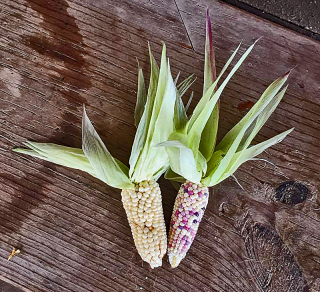
Two of the first beautiful ears of maíz palomero toluqueño (popcorn from Toluca, Mexico) that the preservation team harvested in late September, 2016.
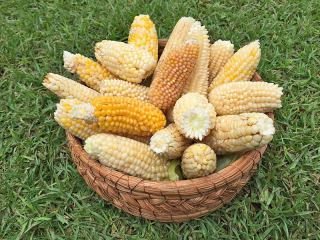
This basket is filled to overflowing with maíz palomero (Mexican popcorn), seed sourced and sown in the State of Mexico by my colleague maestro Rafael Mier and his team of assistants: harvested on September 25, 2016, a day to remember. The thrill of being just a tiny part of this project makes my heart skip a beat!
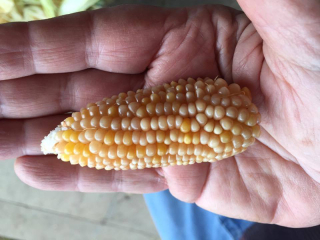
One ear of maíz palomero rests in the palm of my hand. The photo gives you a good idea of the size of these ears; compared to the size of USA-grown hybrid ears, these are tiny. USA growers have hybridized popcorn to give a large ear that yields more popcorn in a smaller planting area. Popcorn, however, has been hybridized, not genetically modified. There is NO GMO popcorn. Think otherwise? Google is your friend!
Obtaining the popcorn seed was the result of an exhaustive investigation in which he traveled to different small towns around Toluca (in years gone by, a tremendous source of Mexican popcorn) to obtain the grain. To Mier's great surprise, almost no one had kept any seed from former plantings. Popcorn truly was on the verge of extinction. Mier explained, "The United States is the leader in popcorn production, the popcorn business in that country has dedicated itself hugely to the grain’s development. Mexico could have the power. We are only lacking programs that push a viable cultivation of the varieties that are in Toluca, Chihuahua, and Jalisco. With those, we could satisfy the national demand.”
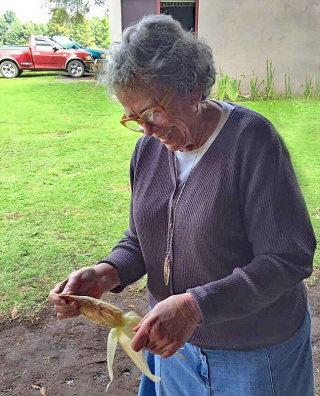
Here's Mexico Cooks! as part of the very first harvest of Mexican-grown popcorn in the grand project of saving this original Mexican corn from extinction. I was so, so excited to peel back the green husks of this ear of popcorn, harvested just moments earlier, and see the tiny ears grown from 50-year-old seed. Yes! CIMMYT (International Maize and White Improvement), an international seed bank with research facilities near Mexico City, gave Maestro Rafael enough banked, refrigerated seed to plant several small parcelas (sections of land) with popcorn.
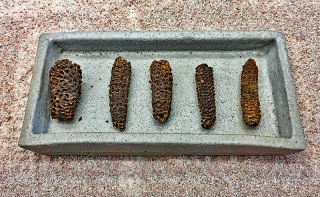
These tiny dehydrated olotes (corn cobs)–each measures two to three inches long–were discovered in 1965 in the cave near Coxcatlán, Puebla, and are on daily exhibit at the Tehuacán (Puebla) Museo del Maíz (Corn Museum). For more information about this cave and its agricultural and archeological importance, please see Mexico Cooks!' article dated October 1, 2016. These corn cobs are carbon-dated to approximately 5,000 B.C.E. All photos copyright Mexico Cooks! unless otherwise noted.

One huge pot filled with popcorn, a direct descendent of Mexico's very first corn: maíz palomero (popcorn). Today, many thousands of years after Mexico's great-great-a thousand times-great-grandparents domesticated maíz palomero, 95% of all popcorn grows north of the Mexican border. Popcorn has crossed the border into the United States of America and become one of the USA's most popular exports. Photo courtesy Lori Lange.
Popcorn is a simple food that we associate with snacking and with moments of entertainment. Who doesn’t want some buttered, salted popcorn at the movies, or while enjoying a day at the fair? Long ago in what is now Mexico, popcorn was already a treat: they were called “corn flowers” and according to the 16th century chronicles of Fray Bernadino de Sahagún, popcorn was sold in what is now Mexico’s plazas and was used as necklaces and in rituals. People did eat it, of course, but its consumption was not recreation-based.
[youtube=https://www.youtube.com/watch?v=DbBgT62f3W4&w=560&h=315]
In this beautiful and evocative video, Maestro Rafael explains what has happened to Mexico's maíz palomero and what he and others, including myself, are doing to save Mexican popcorn from extinction. Even if you don't understand Spanish, you'll be able to watch the process of planting and harvest. Video courtesy Rafael Mier.
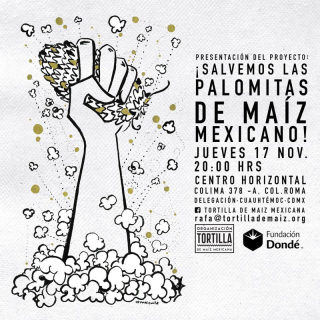
Despite the fact that Mexico is the country of origin of all corns, including popcorn, less than 2% of the popcorn eaten in Mexico today is grown here. The enormous majority comes from the United States of America, with a much smaller amount imported from Argentina. “In Mexico, over time we’ve lost the planting of this corn,” comments Rafael Mier. “Sowing popcorn is difficult work now because our native seed is all but extinct,” he says. He and his team are working every day to reverse Mexican popcorn's slide into extinction. Photo: invitation to the November 17, 2016 public presentation of the popcorn project.
The best way to get involved in this project is to join the Facebook group Tortilla de Maíz Mexicana. If you'd rather not use Facebook, subscribe to Mexico Cooks!. How? Look at the right-hand side of this page: you'll see a box titled, Share Mexico Cooks with Your Friends. In that box, there's a link called, "Subscribe to this blog's feed". Click on that, then follow the simple instructions. Mexico Cooks! will arrive in your email inbox every Saturday morning at about ten o'clock.
We look forward to having you as part of the Mexican popcorn and tortilla team! During 2017, Mexico Cooks!' 11th consecutive year on line, you'll see a lot more about what we're doing in this initiative.
Looking for a tailored-to-your-interests specialized tour in Mexico? Click here to see new information: Tours
